João Felipe Santos
VANI: Very-lightweight Accent-controllable TTS for Native and Non-native speakers with Identity Preservation
Mar 14, 2023
Abstract:We introduce VANI, a very lightweight multi-lingual accent controllable speech synthesis system. Our model builds upon disentanglement strategies proposed in RADMMM and supports explicit control of accent, language, speaker and fine-grained $F_0$ and energy features for speech synthesis. We utilize the Indic languages dataset, released for LIMMITS 2023 as part of ICASSP Signal Processing Grand Challenge, to synthesize speech in 3 different languages. Our model supports transferring the language of a speaker while retaining their voice and the native accent of the target language. We utilize the large-parameter RADMMM model for Track $1$ and lightweight VANI model for Track $2$ and $3$ of the competition.
Multilingual Multiaccented Multispeaker TTS with RADTTS
Jan 24, 2023Abstract:We work to create a multilingual speech synthesis system which can generate speech with the proper accent while retaining the characteristics of an individual voice. This is challenging to do because it is expensive to obtain bilingual training data in multiple languages, and the lack of such data results in strong correlations that entangle speaker, language, and accent, resulting in poor transfer capabilities. To overcome this, we present a multilingual, multiaccented, multispeaker speech synthesis model based on RADTTS with explicit control over accent, language, speaker and fine-grained $F_0$ and energy features. Our proposed model does not rely on bilingual training data. We demonstrate an ability to control synthesized accent for any speaker in an open-source dataset comprising of 7 accents. Human subjective evaluation demonstrates that our model can better retain a speaker's voice and accent quality than controlled baselines while synthesizing fluent speech in all target languages and accents in our dataset.
Generative Modeling for Low Dimensional Speech Attributes with Neural Spline Flows
Mar 07, 2022
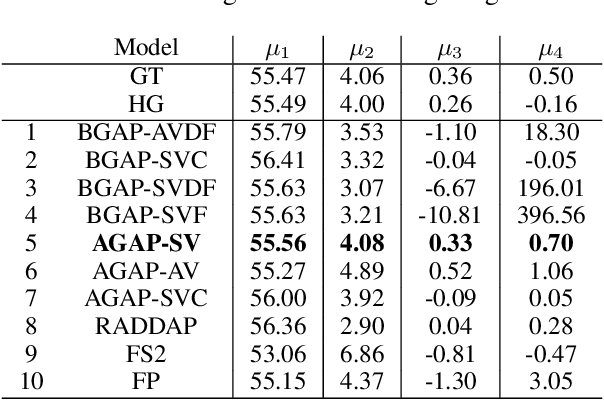


Abstract:Despite recent advances in generative modeling for text-to-speech synthesis, these models do not yet have the same fine-grained adjustability of pitch-conditioned deterministic models such as FastPitch and FastSpeech2. Pitch information is not only low-dimensional, but also discontinuous, making it particularly difficult to model in a generative setting. Our work explores several techniques for handling the aforementioned issues in the context of Normalizing Flow models. We also find this problem to be very well suited for Neural Spline flows, which is a highly expressive alternative to the more common affine-coupling mechanism in Normalizing Flows.
Representation Mixing for TTS Synthesis
Nov 24, 2018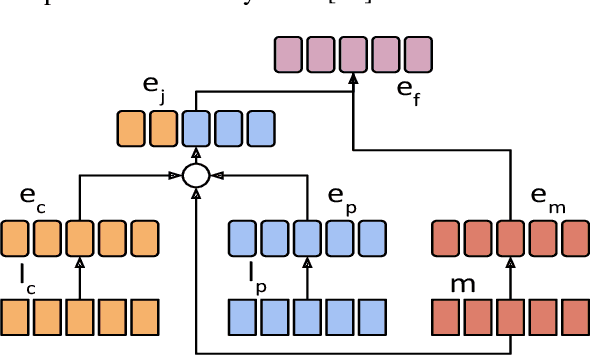
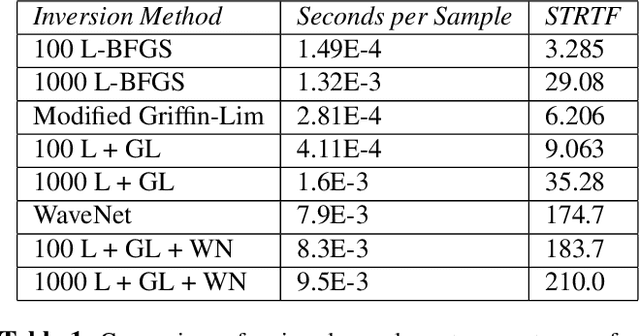
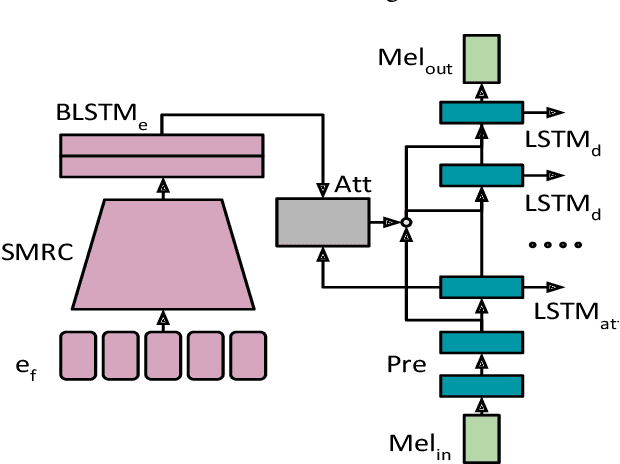
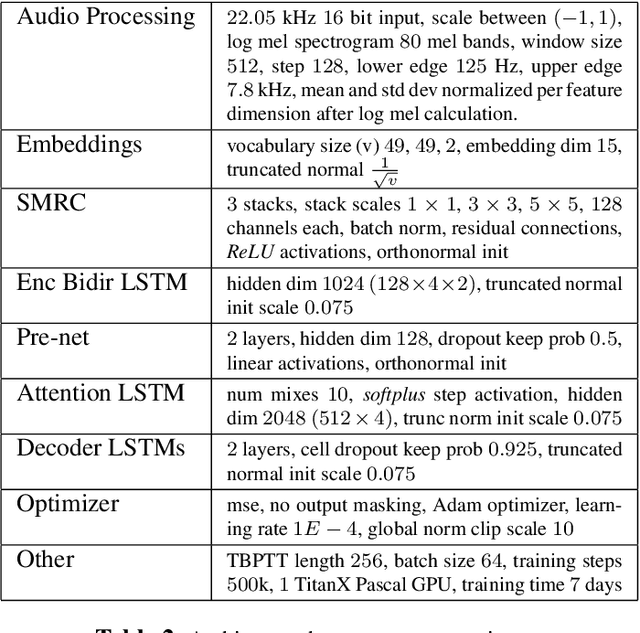
Abstract:Recent character and phoneme-based parametric TTS systems using deep learning have shown strong performance in natural speech generation. However, the choice between character or phoneme input can create serious limitations for practical deployment, as direct control of pronunciation is crucial in certain cases. We demonstrate a simple method for combining multiple types of linguistic information in a single encoder, named representation mixing, enabling flexible choice between character, phoneme, or mixed representations during inference. Experiments and user studies on a public audiobook corpus show the efficacy of our approach.
Deep Complex Networks
Feb 25, 2018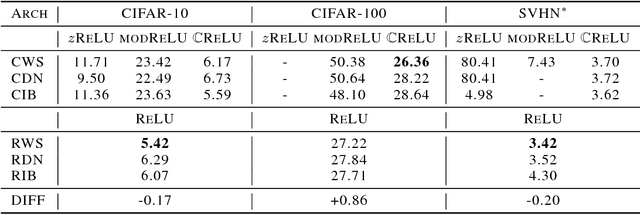
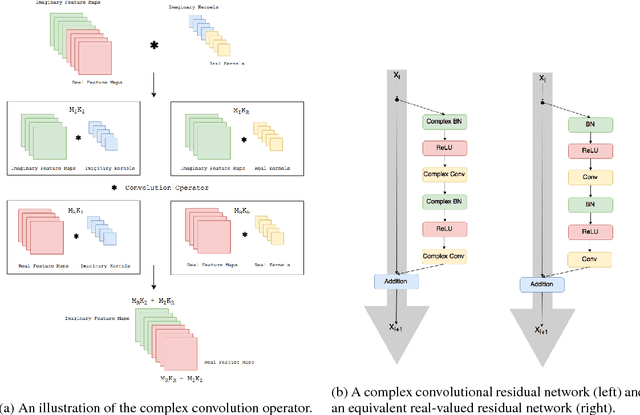

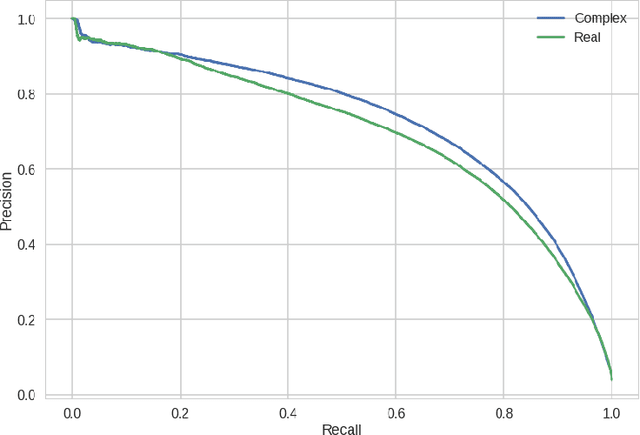
Abstract:At present, the vast majority of building blocks, techniques, and architectures for deep learning are based on real-valued operations and representations. However, recent work on recurrent neural networks and older fundamental theoretical analysis suggests that complex numbers could have a richer representational capacity and could also facilitate noise-robust memory retrieval mechanisms. Despite their attractive properties and potential for opening up entirely new neural architectures, complex-valued deep neural networks have been marginalized due to the absence of the building blocks required to design such models. In this work, we provide the key atomic components for complex-valued deep neural networks and apply them to convolutional feed-forward networks and convolutional LSTMs. More precisely, we rely on complex convolutions and present algorithms for complex batch-normalization, complex weight initialization strategies for complex-valued neural nets and we use them in experiments with end-to-end training schemes. We demonstrate that such complex-valued models are competitive with their real-valued counterparts. We test deep complex models on several computer vision tasks, on music transcription using the MusicNet dataset and on Speech Spectrum Prediction using the TIMIT dataset. We achieve state-of-the-art performance on these audio-related tasks.
Music transcription modelling and composition using deep learning
Apr 29, 2016



Abstract:We apply deep learning methods, specifically long short-term memory (LSTM) networks, to music transcription modelling and composition. We build and train LSTM networks using approximately 23,000 music transcriptions expressed with a high-level vocabulary (ABC notation), and use them to generate new transcriptions. Our practical aim is to create music transcription models useful in particular contexts of music composition. We present results from three perspectives: 1) at the population level, comparing descriptive statistics of the set of training transcriptions and generated transcriptions; 2) at the individual level, examining how a generated transcription reflects the conventions of a music practice in the training transcriptions (Celtic folk); 3) at the application level, using the system for idea generation in music composition. We make our datasets, software and sound examples open and available: \url{https://github.com/IraKorshunova/folk-rnn}.
 Add to Chrome
Add to Chrome Add to Firefox
Add to Firefox Add to Edge
Add to Edge